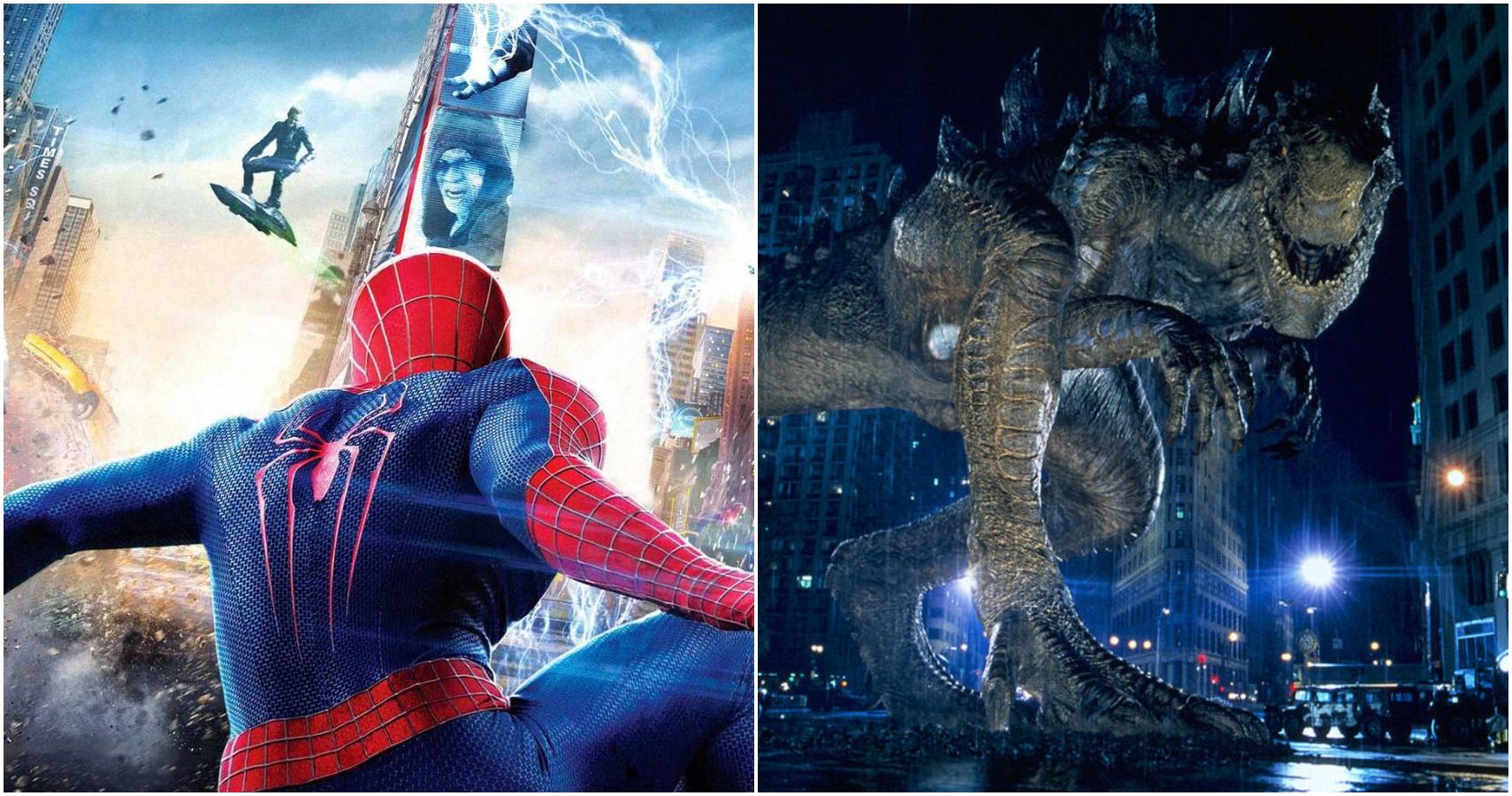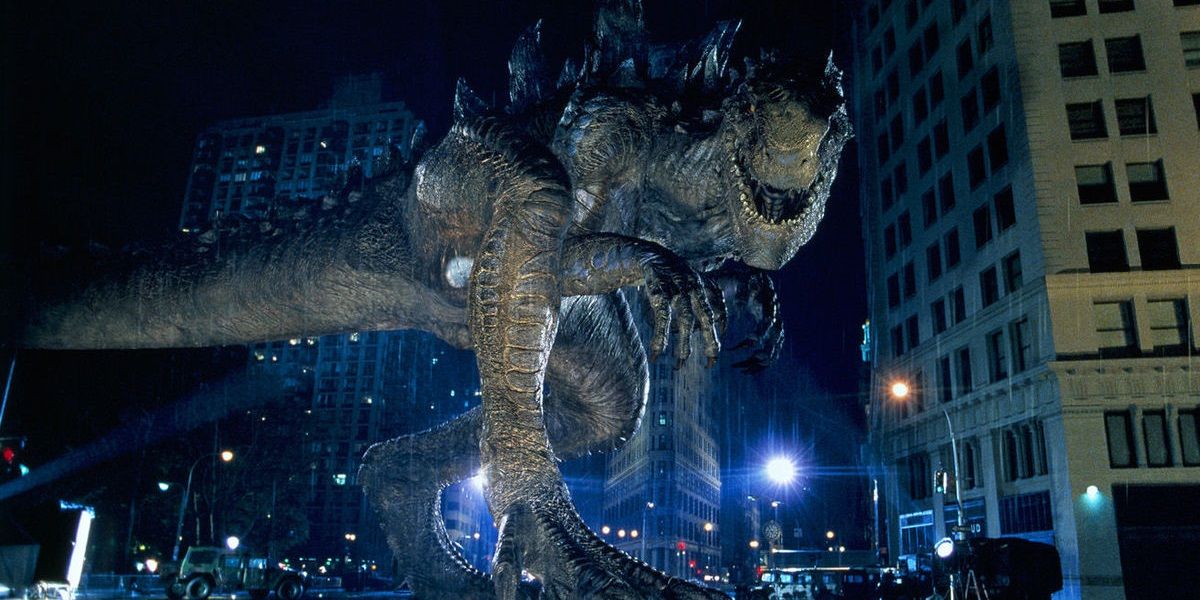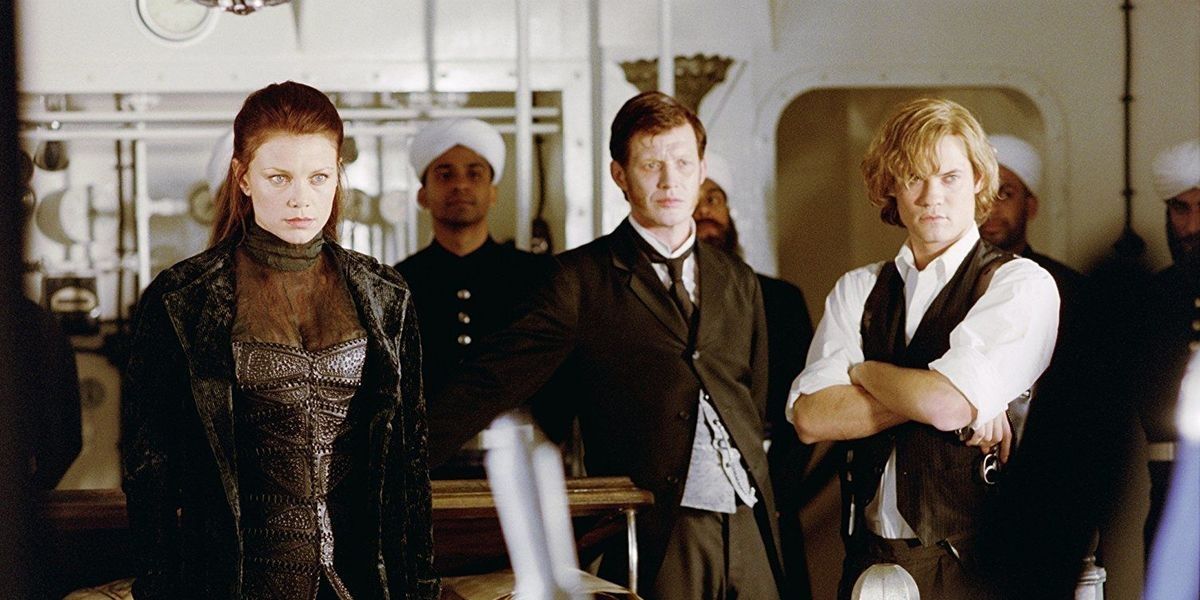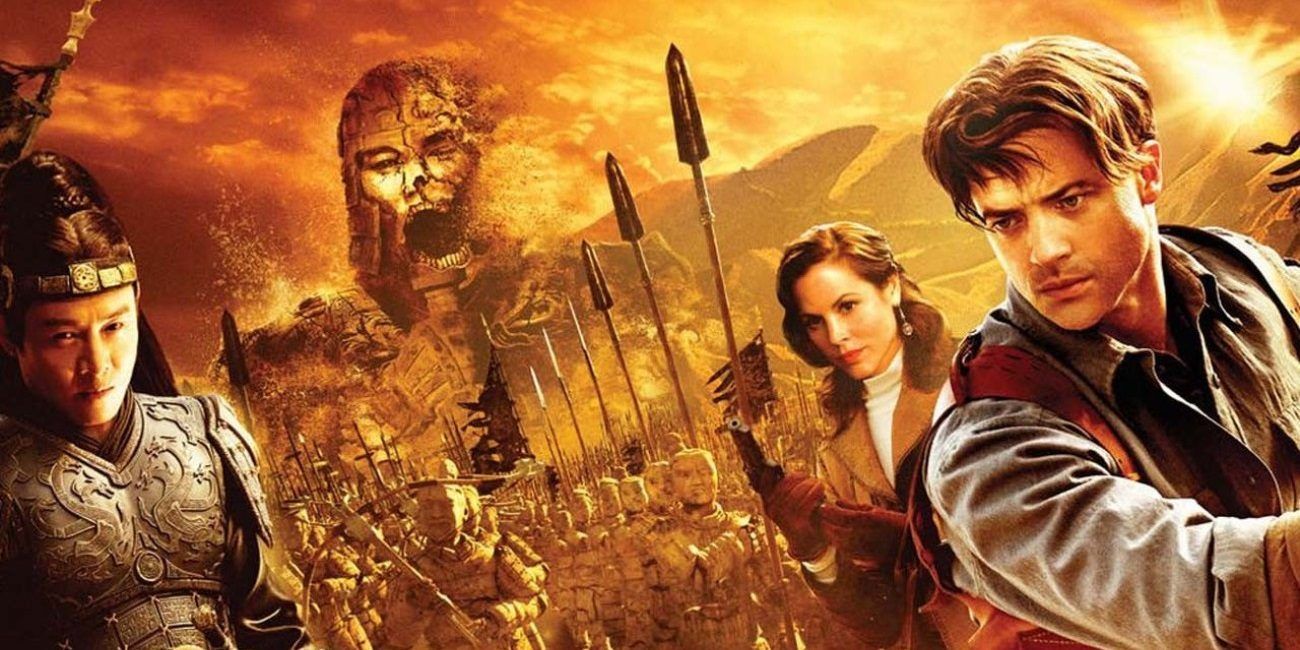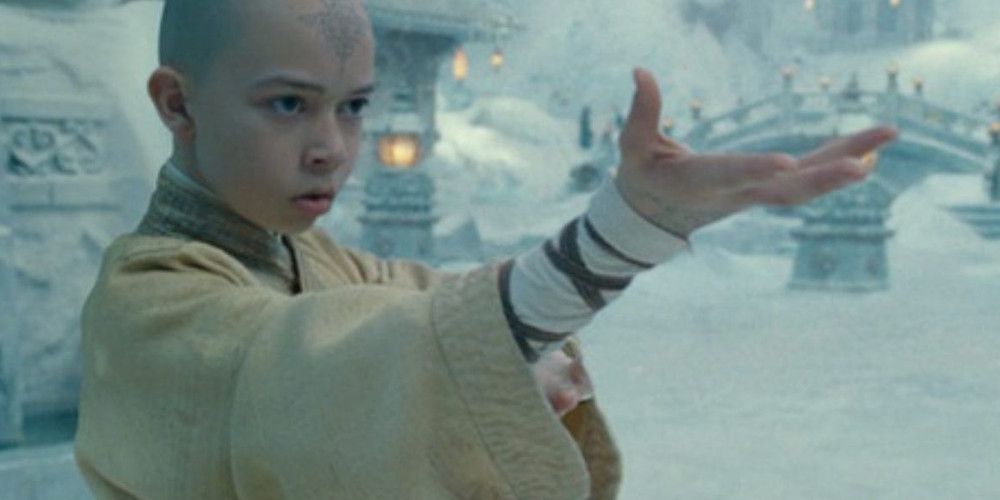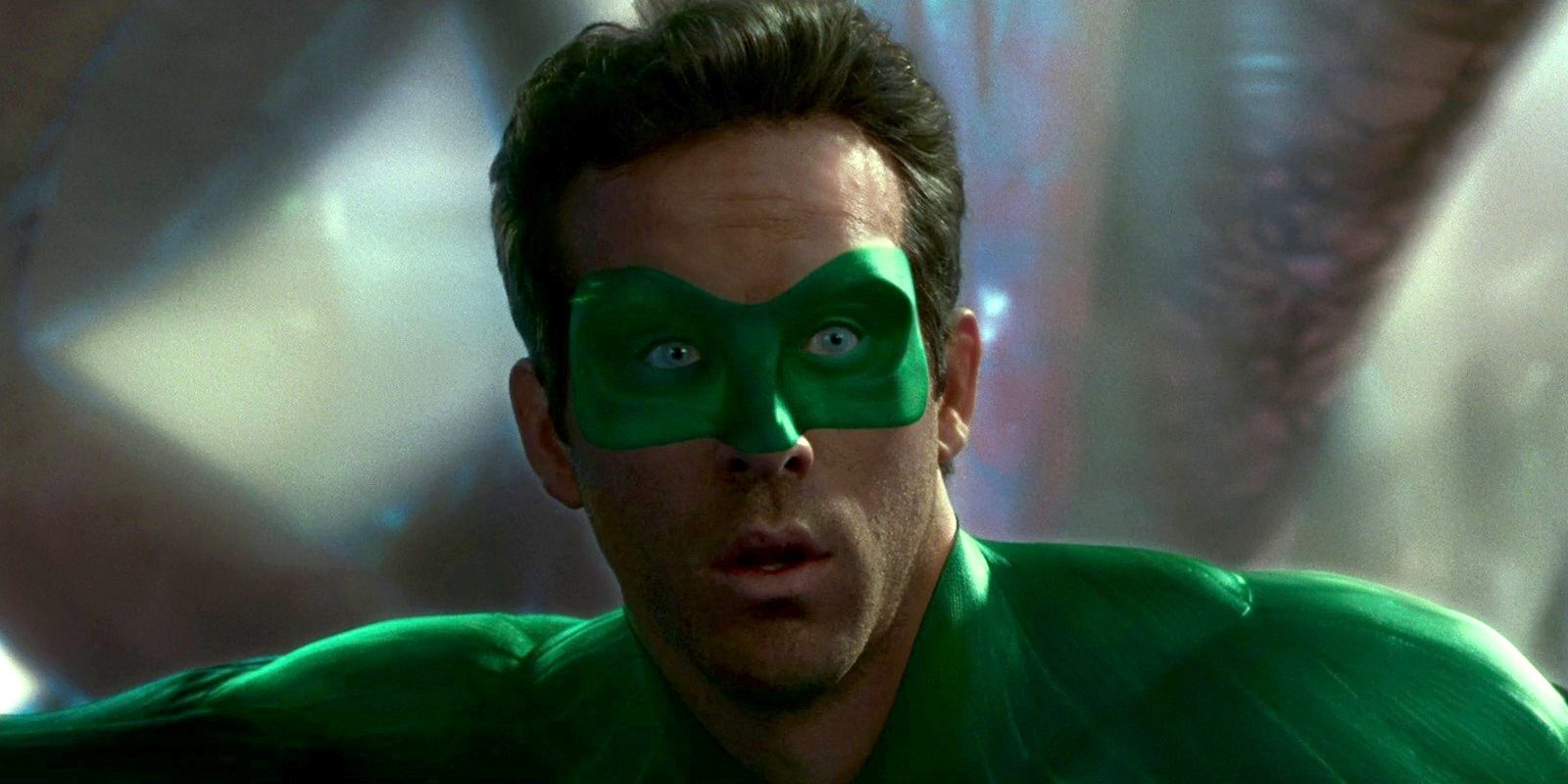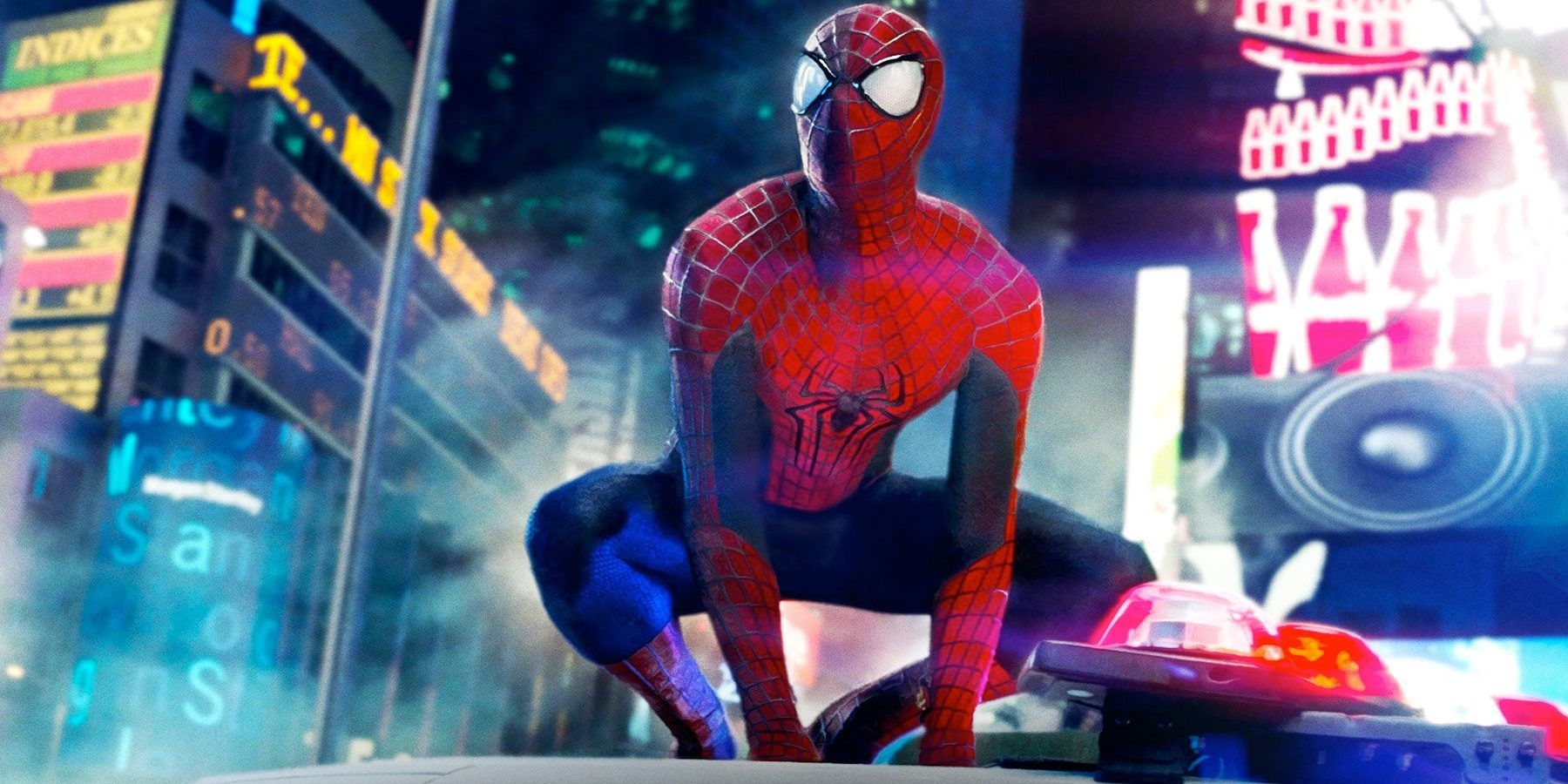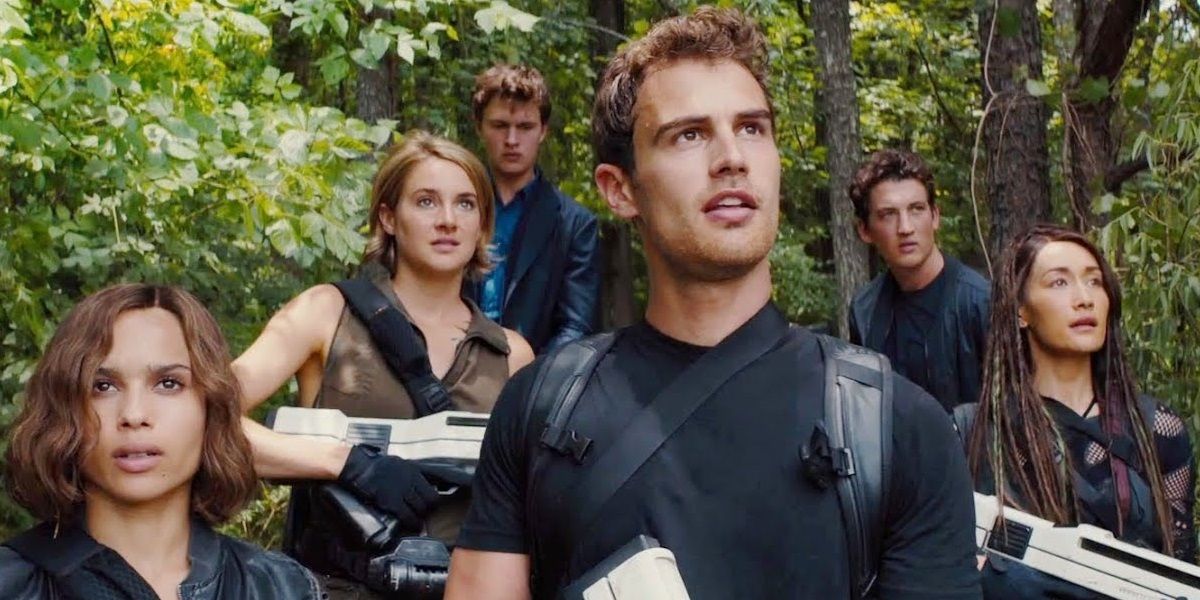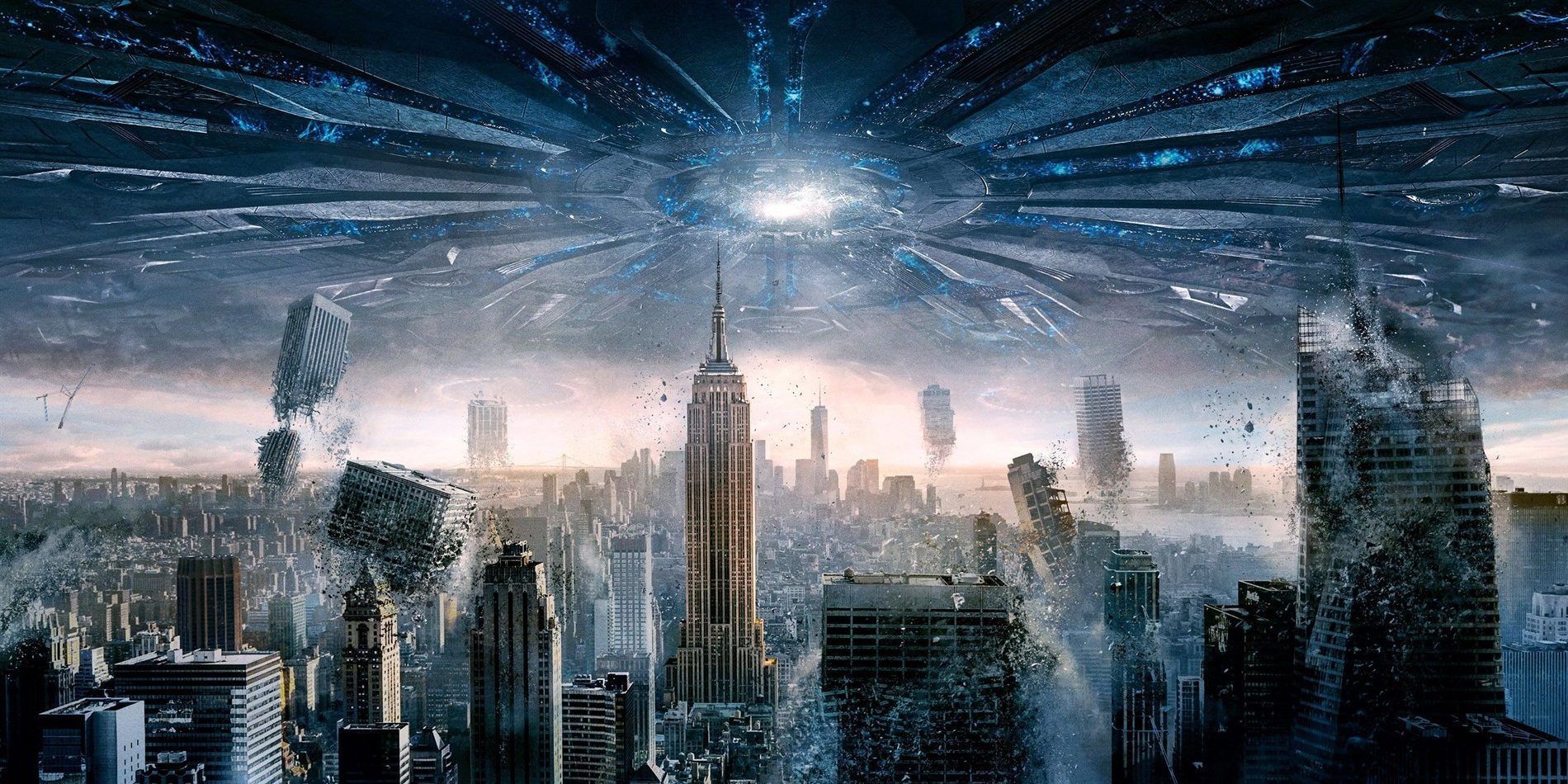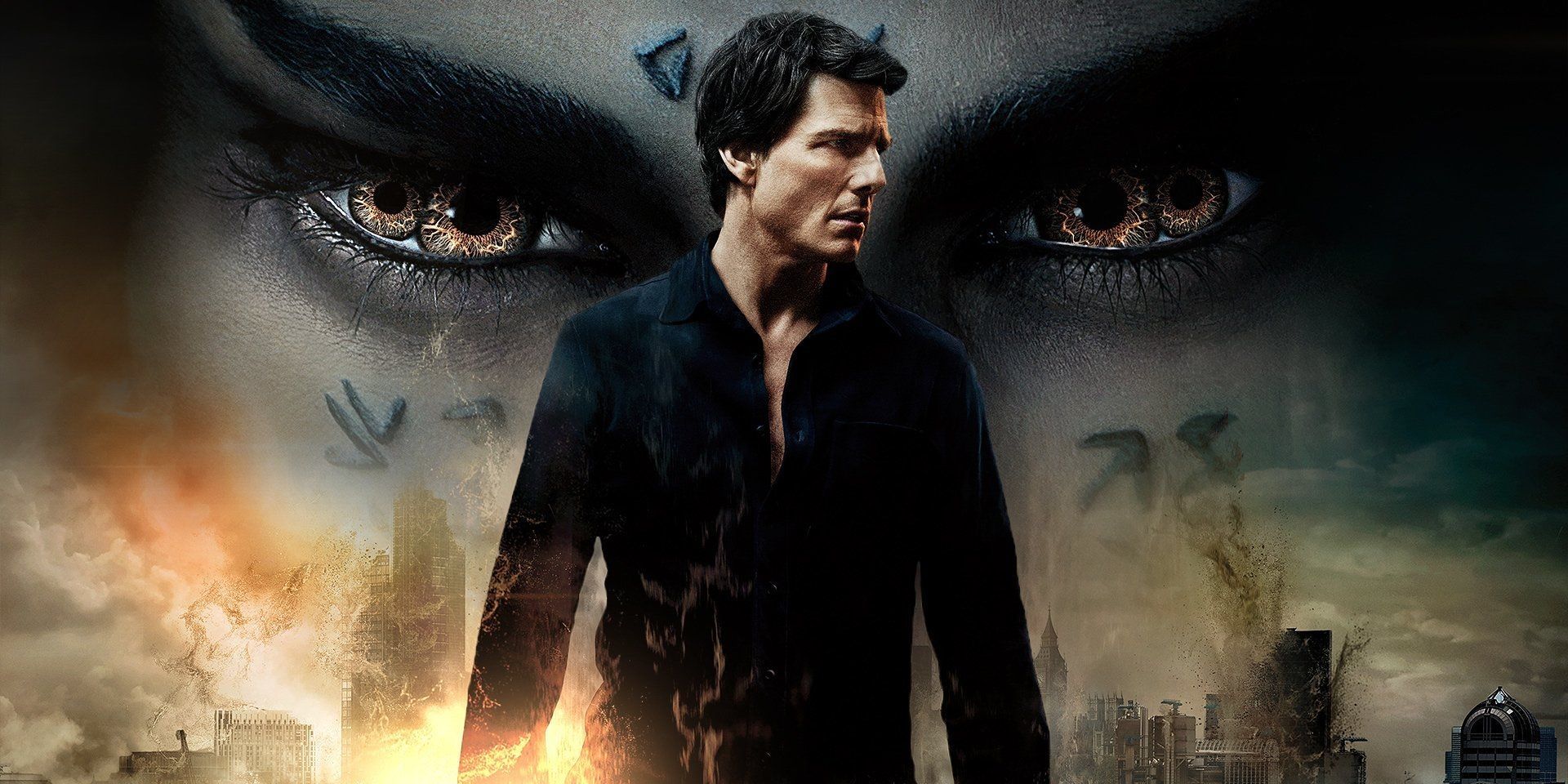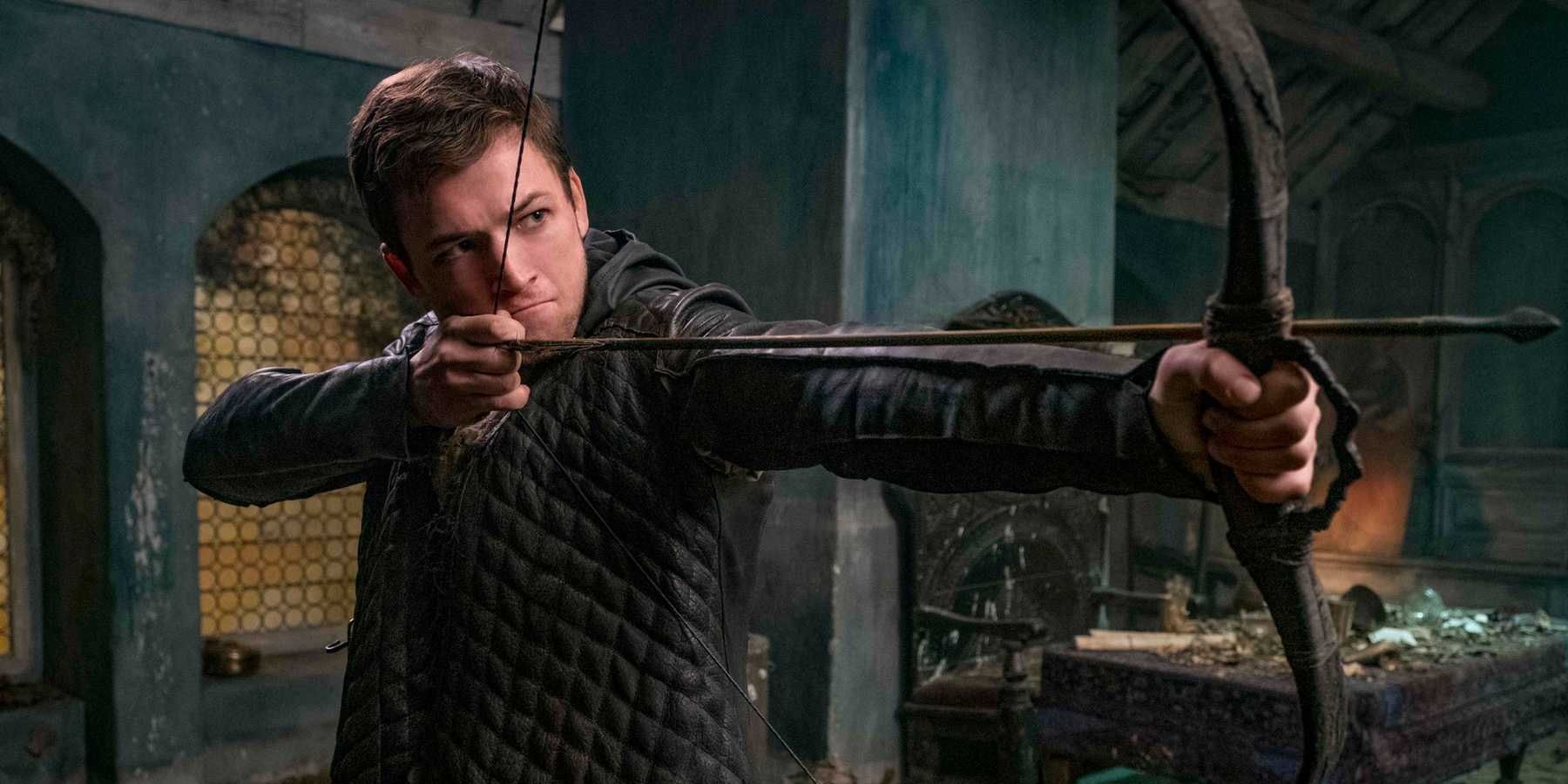In the age of franchise-building filmmaking, major studios have been dashing out to create movies from established IP, in hopes of setting up the next big franchise. So, it is commonplace in cinemas and streaming platforms to find potential franchise starters.
This is where the term “sequel bait” is applied for those movies that are blatantly designed or subtly hinted to establish future sequels and followups. So, it can be an awkward nonstarter if such movies fall flat on first impression and yet (perfectly) teased a followup that never happened. Here are those 10 blockbusters that promised sequels that never came to fruition.
Spoilers ahead.
Godzilla (1998)
Roland Emmerich’s take on the iconic Japanese movie monster has been derided by both critics and audiences alike for being another brainless disaster film and somehow a blatant rip-off of Jurassic Park, thanks in part of Godzilla’s somehow asexually-produced velociraptor-like offspring.
Speaking of which, the ending scene follows up after the destruction of Madison Square Garden to eliminate Godzilla’s nesting ground. And even though the arena had been entirely blown up, one egg survives and hatches.
And given the audience reluctance, plans for a trilogy were scrapped and only an animated series followed up the story, only to retcon it.
The League of Extraordinary Gentleman (2003)
20th Century-Fox’s attempt to adapt another superhero team after 2000’s X-Men had faced production troubles and a woeful reception that forcefully causes author Alan Moore to disassociate himself with any adaptation of his works and sadly prompted its director Stephen Norrington and its lead Sean Connery to quit filmmaking forever.
So, it is a bit of an understatement that the last scene depicts a witch doctor unleashing a bolt of lightning on the grave of Sean Connery’s character Allan Quartermain to presumably resurrect him. Seeing how Alan Moore’s exciting literary mash-up was butchered into a generic fantasy, a sequel is most criminal.
The Mummy: Tomb of the Dragon Emperor (2008)
The first two Brendan Fraser Mummy movies were essential examples of summer escapist blockbusters. So, it was disappointing to see the third entry came off like a lead balloon.
And yet, Universal planned a fourth entry with the subtitle Rise of the Aztec, with Antonio Banderas as the villain. The movie hints this in the end when Jonathan (played by John Hannah) departs Shanghai for Peru, where no mummies are present. Surely enough, the ending text reveals that “Mummies were later discovered in Peru”.
The cast signed on, but Universal canceled it, in favor of the 2017 reboot. Oh, foreshadowing.
The Last Airbender (2010)
A live-action adaptation of the groundbreaking Nickelodeon series is loaded with potential. But it came to the hands of M. Night Shyamalan, whose disloyal interpretation of the beloved series made it the most notorious film of 2010.
But it says a lot from all the unfaithful elements of this failed epic, Shyamalan retains the ending hook wherein an unthreatening Fire Lord Ozai (played by Cliff Curtis) assigns his youngest daughter Azula to stop Aang and his friends.
Paramount and Shyamalan had yet to push for a sequel. And if the Netflix adaptation is any indication, those chances are thankfully dashed.
Green Lantern (2011)
2011’s Green Lantern now works as a cinematic punchline for star Ryan Reynolds to enjoy during his Deadpool golden years. But initially, it is envisioned to be a superhero franchise starter in the same level as his DC counterparts Batman, Superman and Wonder Woman. Director Martin Campbell is even called to establish a trilogy.
But because of its middling box office performance and terrible reception from critics and fans, Warner Bros. pulled the plug for a sequel, making the mid-credits scene where Sinestro (played by Mark Strong) switches his green ring with a corrupt yellow ring all the more embarrassing.
The Amazing Spider-Man 2 (2014)
The Mark Webb lineup of Spider-Man films are clearly salvaged attempts for Sony to retain their rights to Spider-Man away from Marvel Studios. And the end result really shows, but none more blatant as the polarizing The Amazing Spider-Man 2.
As if repeating the too-many-villains mistake from Spider-Man 3 was not enough, the movie also ham-fistedly teases the intended Sinister Six movie when Gustav Fiers (played by Michael Massee) is ordered by Harry Osborn (played by Dane DeHaan) to set up a villain team using his father's arsenal. And it culminates in a dismal cliffhanger, featuring Spider-Man vs. Rhino.
The Divergent Series: Allegiant (2016)
One of the last attempts to gauge the young-adult genre, Allegiant was initially planned as a two-part finale, in the same strategy, Hunger Games did. However, because of its dismal box-office returns, negative reception and harsh disapproval from Shailene Woodley, Divergent Series: Ascendant never sees the light of day, whether it would be a theatrical release or a made-for-TV movie event.
And that leaves the YA dystopian series without a proper conclusion since the end features Tris (played by Woodley) delivering a stirring speech over Chicago while the authoritarian figure David (played by Jeff Daniels) watches, hinting a final showdown.
Independence Day: Resurgence (2016)
It took twenty years for Roland Emmerich to release a sequel to the highly successful Independence Day. And because of that gap, the anticipation had worn out and the end result did not help overcome its disappointing release.
And yet, Emmerich ambiguously inserted an extraterrestrial plot device, in the form of a chrome ball that warns another alien attack and that prompts Dr. Okun (played by Brent Spiner) to get excited of the prospect of another ID4 movie.
Well, the German director can thank his producer Dean Devlin and Disney for not having another anticipated sequel in their minds now.
The Mummy (2017)
The Mummy returns…for a retooling as the intended first entry of Universal’s Dark Universe. The reboot is set up blatantly as an MCU-inspired saga that it hurts the experience more than it excites. Russell Crowe’s Dr. Jekyll as the Nick Fury figure is a painful example of ripping off the MCU model.
And it does not help that this dreary blockbuster ends with a running-to-the-desert moment, with a super-charged Tom Cruise riding off with his newly resurrected sidekick (played by Jake Johnson).
Thanks to Universal scrapping the universe, a second saga of Cruise-running-from-sand (or Johnny Depp’s Invisible Man) is unlikely.
Robin Hood (2018)
Every Robin Hood movie throughout history somehow ends with the famed outlaw fleeing to the Sherwood Forest with his bride Lady Marian. But this 2018 reboot took it further by teasing another adventure when a recently assigned sheriff Will Scarlet (played by Jamie Dornan) marks “Rob”, Lady Marian and his “merry” men as outlaws, and Robin Hood (played by Taron Egerton) targets the wanted poster that Scarlet held.
While Lionsgate plans to make another sequel, despite the movie being a critical and box office bomb, Egerton revealed his disapproval of the project, hanging the possibility of a sequel in uncertainty.

